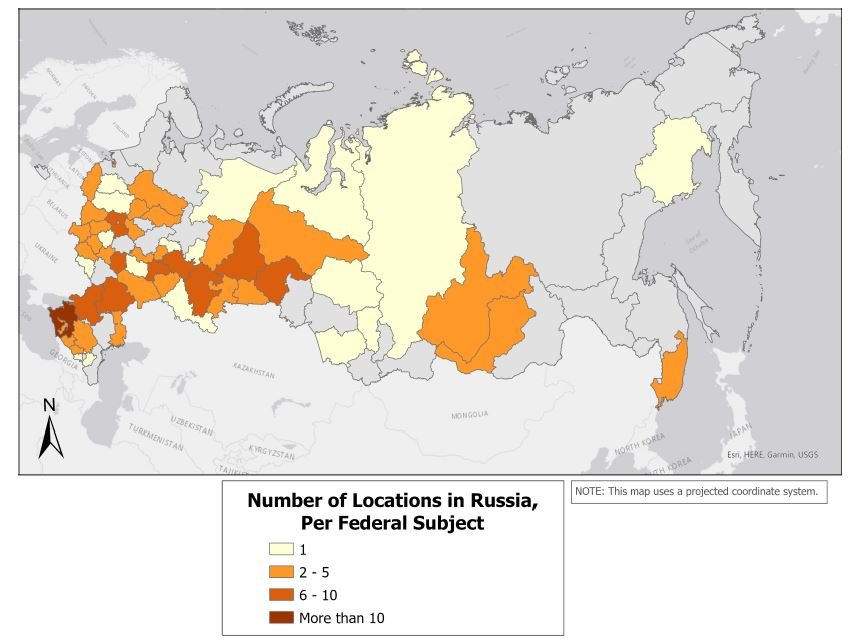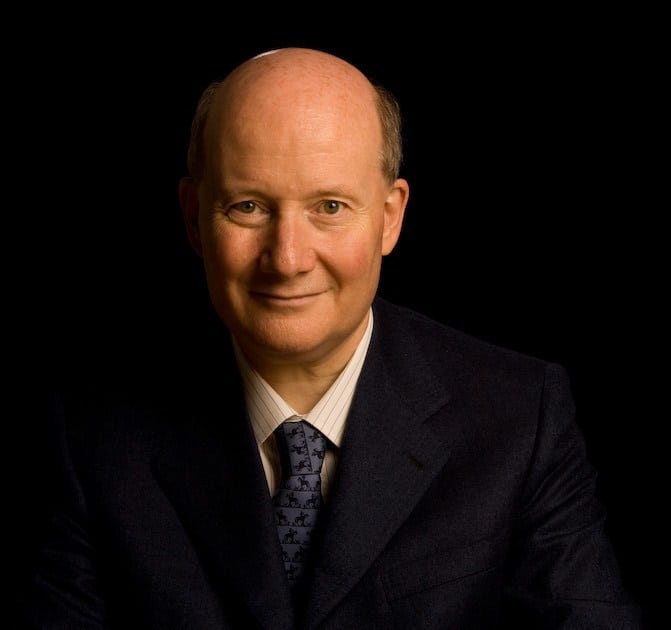How Putin steals and indoctrinates Ukrainian children, and why his ICC arrest warrant for crimes against humanity is fully justified.
by Massimo Introvigne

In the annals of wartime atrocity, the theft of children occupies a uniquely harrowing place. It is not merely a violation of international law but a rupture of identity, a severing of lineage, a quiet violence that echoes across generations. The report “Ukraine’s Stolen Children,” published in September 2025 by the Humanitarian Research Lab at Yale School of Public Health, is a masterclass in documentation and moral clarity. It is not just a dossier—it is a reckoning.
The report’s scope is vast, its tone clinical, and its findings devastating. Drawing on interviews with over 200 repatriated Ukrainian children, satellite imagery, Russian government documents, and open-source intelligence, the report maps a sprawling system of forced transfers, ideological indoctrination, and militarization. It identifies 210 facilities across Russia and occupied Ukrainian territories, each serving as a node in what the authors call a “multi-layered system of control.”
The report categorizes these facilities into three primary functions. First, re-education centers (62.9%): These sites immerse children in the Russian language, history, and patriotic rituals. Ukrainian identity is systematically erased. Children are told their homeland no longer exists. Some are forced to sing Russian anthems and memorize Kremlin-approved historical narratives.
Second, militarization hubs (18%): Children as young as ten are trained in weapons handling, battlefield tactics, and paramilitary drills. Draft papers have reportedly been issued to minors. The report argues that the goal is not just assimilation but conscription.
Third, long-term detention sites. These include orphanages, foster homes, and adoption centers. The HRL’s forensic analysis uncovered 314 individual cases of coerced adoption, many facilitated through hacked Russian databases. Children were often given new names, documents, and identities without consent or legal process.
The Ukrainian government confirmed 19,546 cases of child transfers as of March 2023. However, Yale’s data pushes the figure to 35,000, with some estimates reaching 260,000, including children relocated with families. The report emphasizes that these are not “lost” children—they are stolen.
Among the 200 repatriated children surveyed, 55% reported exposure to pro-Russian indoctrination. 41% described militarization through school-based training or youth organizations. 28% experienced physical abuse or threats. 17% were subjected to psychological manipulation, including being told their parents had abandoned them.

These are not isolated anecdotes. They are statistically significant patterns, corroborated by forensic evidence and survivor testimony.
The report does not shy away from legal language. It cites violations of the Fourth Geneva Convention (prohibiting forced transfers of civilians), the UN Convention on the Rights of the Child (protecting identity, family unity, and freedom from military recruitment), and the Rome Statute of the International Criminal Court, under which forced deportation and adoption may constitute war crimes and crimes against humanity.
Indeed, the ICC has already issued arrest warrants for Russian President Vladimir Putin and Children’s Commissioner Maria Lvova-Belova. This report adds evidentiary weight to those charges—and may pave the way for further indictments.
Perhaps the most haunting sections of the report are the direct testimonies. One child recounts being told daily that Ukraine no longer exists. Another describes being forced to wear a Russian military uniform and salute portraits of Putin. A third, aged 14, was beaten for speaking Ukrainian.
These voices are the moral spine of the report. They remind us that behind every statistic is a stolen life, a fractured family, a child forced to navigate trauma that no adult should endure.
The report concludes with a set of recommendations: international pressure on Russia to return all children, expanded support for repatriated minors, and the creation of a global child protection mechanism for conflict zones. But its more profound message is existential: the war on Ukraine is not just territorial but generational.
“Return Every Child” is a mirror held up to the international community’s conscience. In the calculus of war, the smallest victims often bear the heaviest burdens.

Massimo Introvigne (born June 14, 1955 in Rome) is an Italian sociologist of religions. He is the founder and managing director of the Center for Studies on New Religions (CESNUR), an international network of scholars who study new religious movements. Introvigne is the author of some 70 books and more than 100 articles in the field of sociology of religion. He was the main author of the Enciclopedia delle religioni in Italia (Encyclopedia of Religions in Italy). He is a member of the editorial board for the Interdisciplinary Journal of Research on Religion and of the executive board of University of California Press’ Nova Religio. From January 5 to December 31, 2011, he has served as the “Representative on combating racism, xenophobia and discrimination, with a special focus on discrimination against Christians and members of other religions” of the Organization for Security and Co-operation in Europe (OSCE). From 2012 to 2015 he served as chairperson of the Observatory of Religious Liberty, instituted by the Italian Ministry of Foreign Affairs in order to monitor problems of religious liberty on a worldwide scale.



